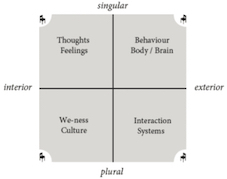"Integrative Gestalt Practice - transforming our ways of working with people", by Mikael Sonne & Jan Tønnesvang.
‘A very important but nowadays too-often overlooked psychotherapy system interpreted using a cutting-edge integrative model, with novel and important results. Highly recommended!’
— Ken Wilber, author of The Integral Vision
‘This book lights up gestalt therapy with its insightful perspective, and integrates a wide range of human experience with the practicality of therapeutic techniques.’
— Erving Polster, author of Beyond Therapy
